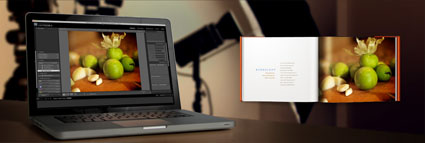
This one day seminar is one of the best values in the industry!
Thousands of dollars of free giveaways are provided by Adobe, X-Rite, NIK, OnOne, HDRSoft, Imagenomic, Chromix and more!
Find out about the latest advances in digital printing. You’ll learn to evaluate printers, inks, media, RIPs, and profiles. See the latest Epson printers and media in action. Take the results home!
Discover what’s unique about a fine art workflow designed to maximize quality. See it in action. See it detailed step-by-step. See the results. John Paul and Mac will build a file from the ground up and show you the final results in print.
You’ll learn to seamlessly integrate Adobe software Lightroom, Bridge, Camera Raw, and Photoshop. You’ll learn a variety of tools and techniques that will help improve and refine both your digital files and prints. We’ve heard time and time again, “That one tip was worth the price of admission.” And there are dozens of these!
You’ll leave with the knowledge you need to get the results you’re looking for and the confidence that it’s the very best.
Topics include:
- Evaluating printers
- Comparing media
- Quick color management
- How to analyze images to determine an optimum strategy
- Raw conversion
- Sophisticated color adjustment strategies
- Selections and masking
- Upsampling
- Noise reduction
- Sharpening — input, creative, and output
- Softproofing and proofing
- Equipment maintenance and fine-tuning
- Print finishing and handling
- Fine art market practices
Preview our DVDs Fine Art Digital Printing and Fine Art Digital Workflow.
Learn more in our Fine Art of Digital Printing Workshop.




